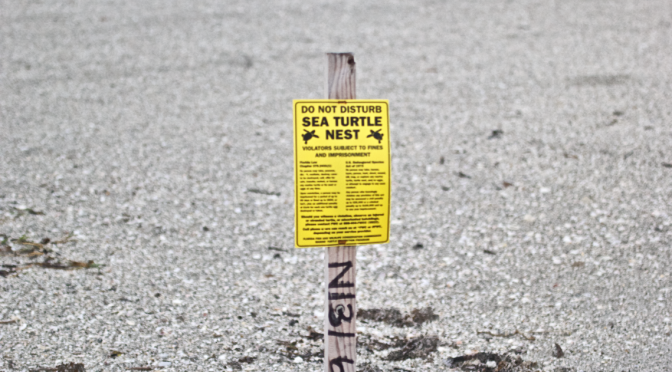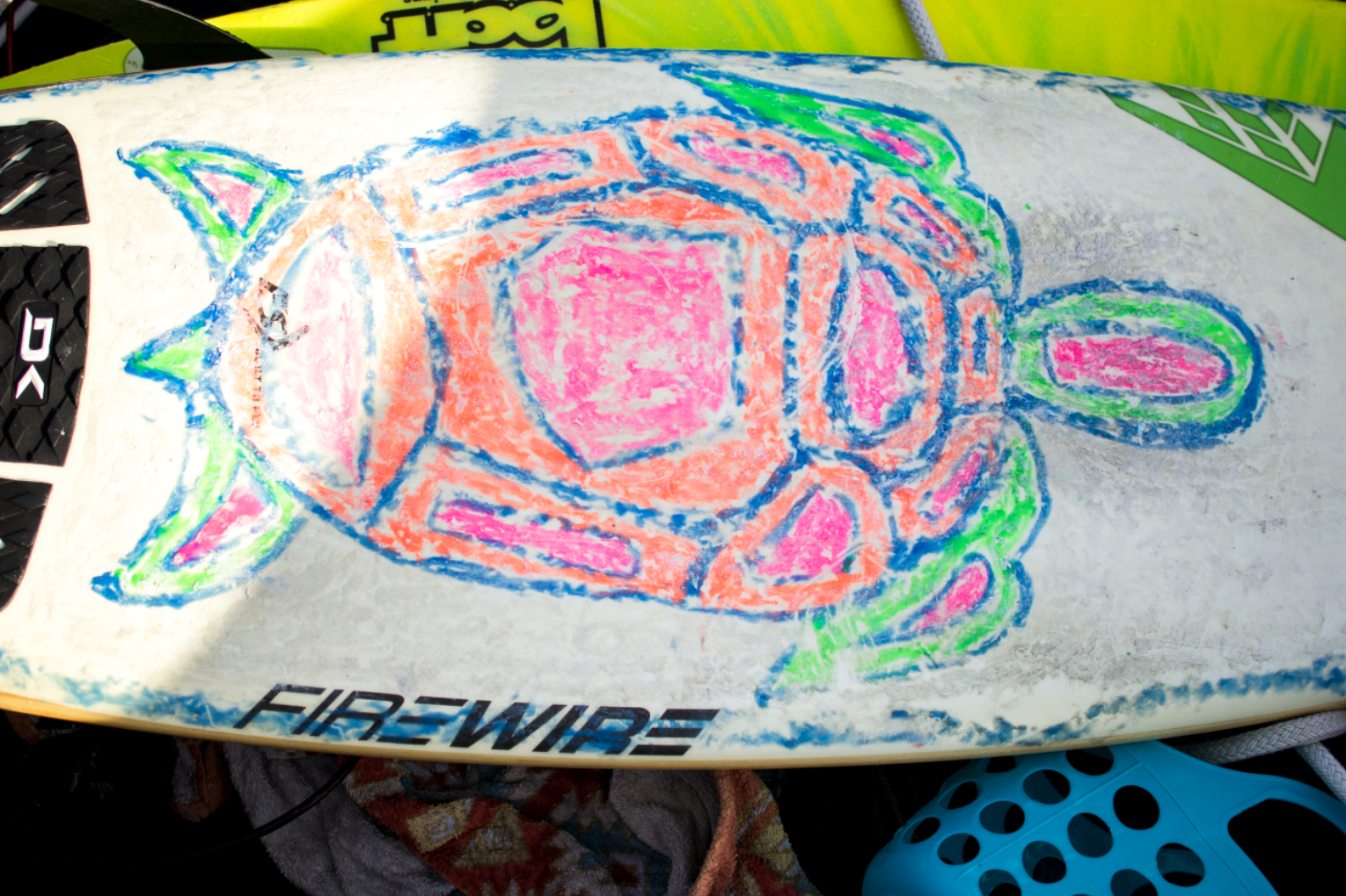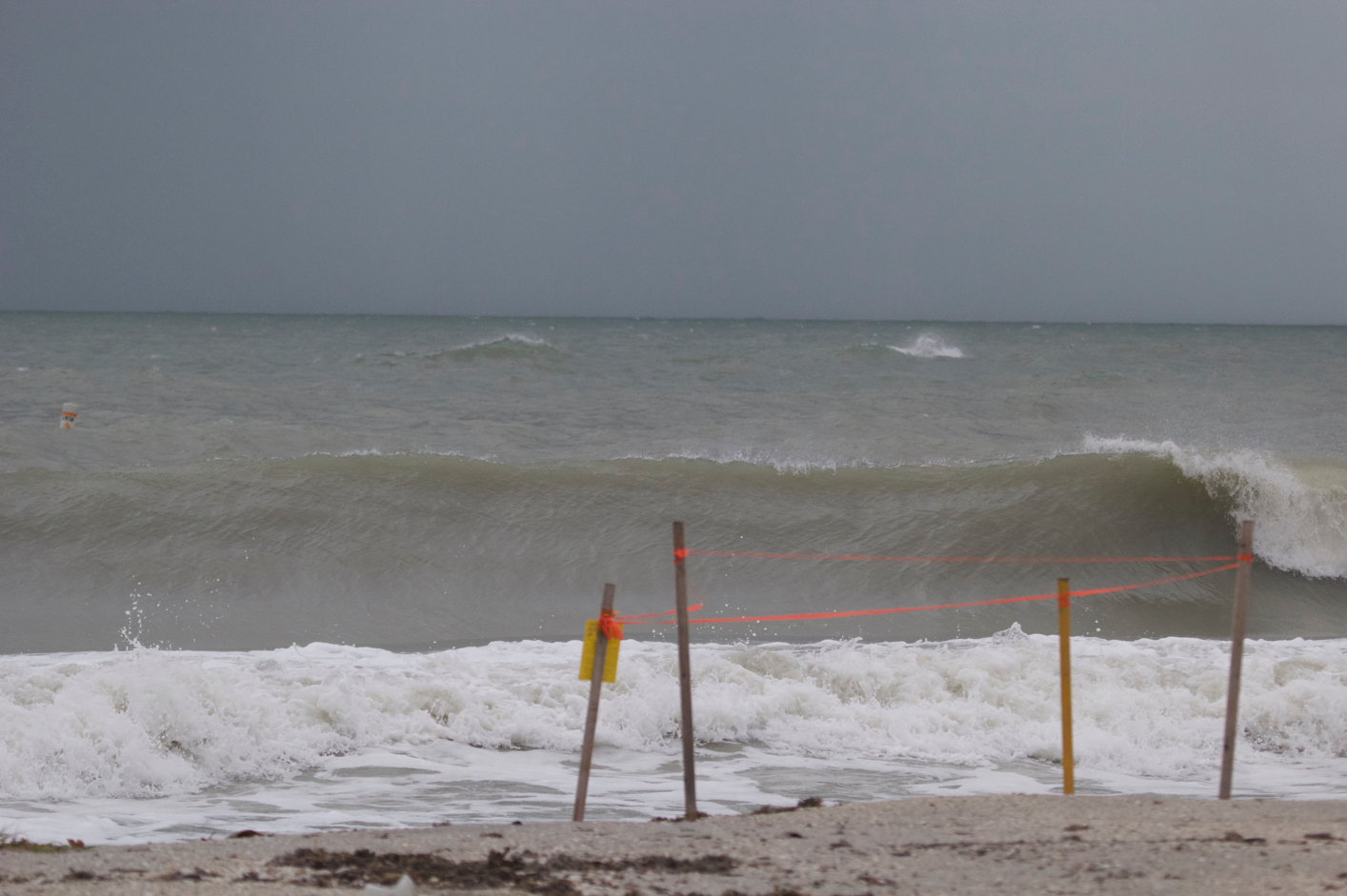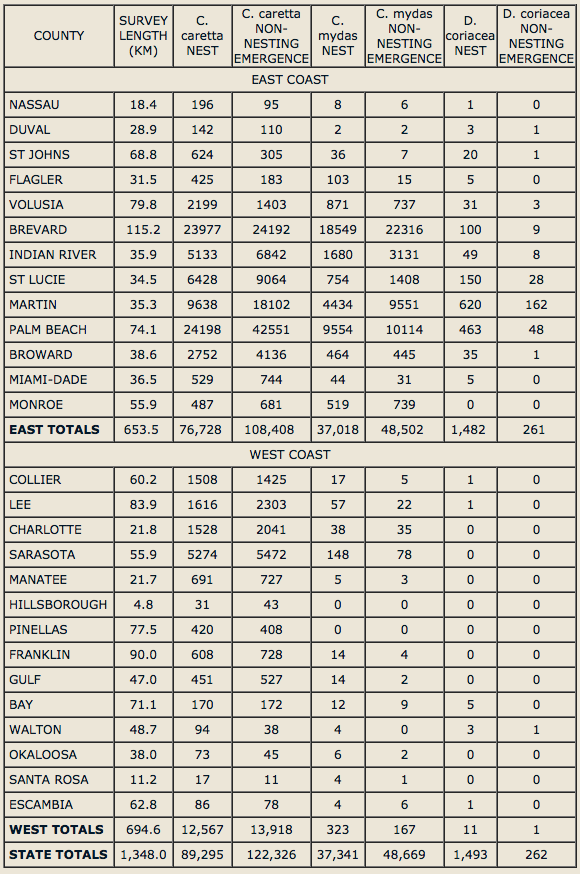That exciting time of year when our endangered sea turtles reproduce is here. Sea turtles nest through the summer months along the white sand beaches of west Florida. The nesting season lasts from May 1st through October 31st. During these months female turtles swim up on the beach at night time, dig nests in the sand, deposit eggs, then swim away.
It’s important to turn off your lights at night time while on the beach during these months so that turtles can find their way into the ocean. Especially on portions of the beach where a turtles nest is located, it is critical that the lights are very dim or turned off at night. We want to ensure turtles use the moonlight to make it into the water.
Not only is there a risk that the turtles will head in the wrong direction, there is also a risk of land based predators. There are predators like birds, raccoons, and snakes that threaten to consume the hatchlings.
Once the hatchlings make it to the water, the major threat to their survival are the many fish that will not hesitate to eat them, and the diving birds that will catch them on the surface. Snook move onto the beaches around this time of year, and they can consume things easily 4 times the size of the sea turtles. Goliath grouper can be found on inshore and offshore reefs. These large consumer’s of fish will also eat turtles. Sharks and just about any other species of fish are likely to eat the hatchlings. There are a wide variety of inshore and offshore saltwater bird and fish species that could eat the hatchlings.
Occasionally, large storms cause a large storm surge, intense waves, and costly beach erosion. When the beach erodes, turtle’s nests may be washed away. It takes a solid tropical storm or hurricane to erode large portions of the beach, but when these storms churn up the gulf numerous nests can be washed into the ocean. If the eggs are washed into the ocean the turtle eggs will not incubate for long enough to hatch. This can be devastating for the hatching season.
There are about 100 eggs per nest, and it’s thought that 1 in 1000 turtles make it to maturity. Keep your eyes out for nesting turtles. Keep things off of the beach at night time, pick up trash, flatten sand castles, fill holes, and dim your lights for the safety and comfort of our endangered sea turtles. For the Clearwater, Florida area the stranding/nesting reporting phone number is (727)441-1790 extension 234.
In case your curious just how many turtle nests there were in your area, here are the turtle nesting statistics from last year on the west and east coast. The turtles listed here are the C. caretta (Loggerhead), C. mydas (Green turtle), and D. coriacea (Leatherback).
Chart: FWC



